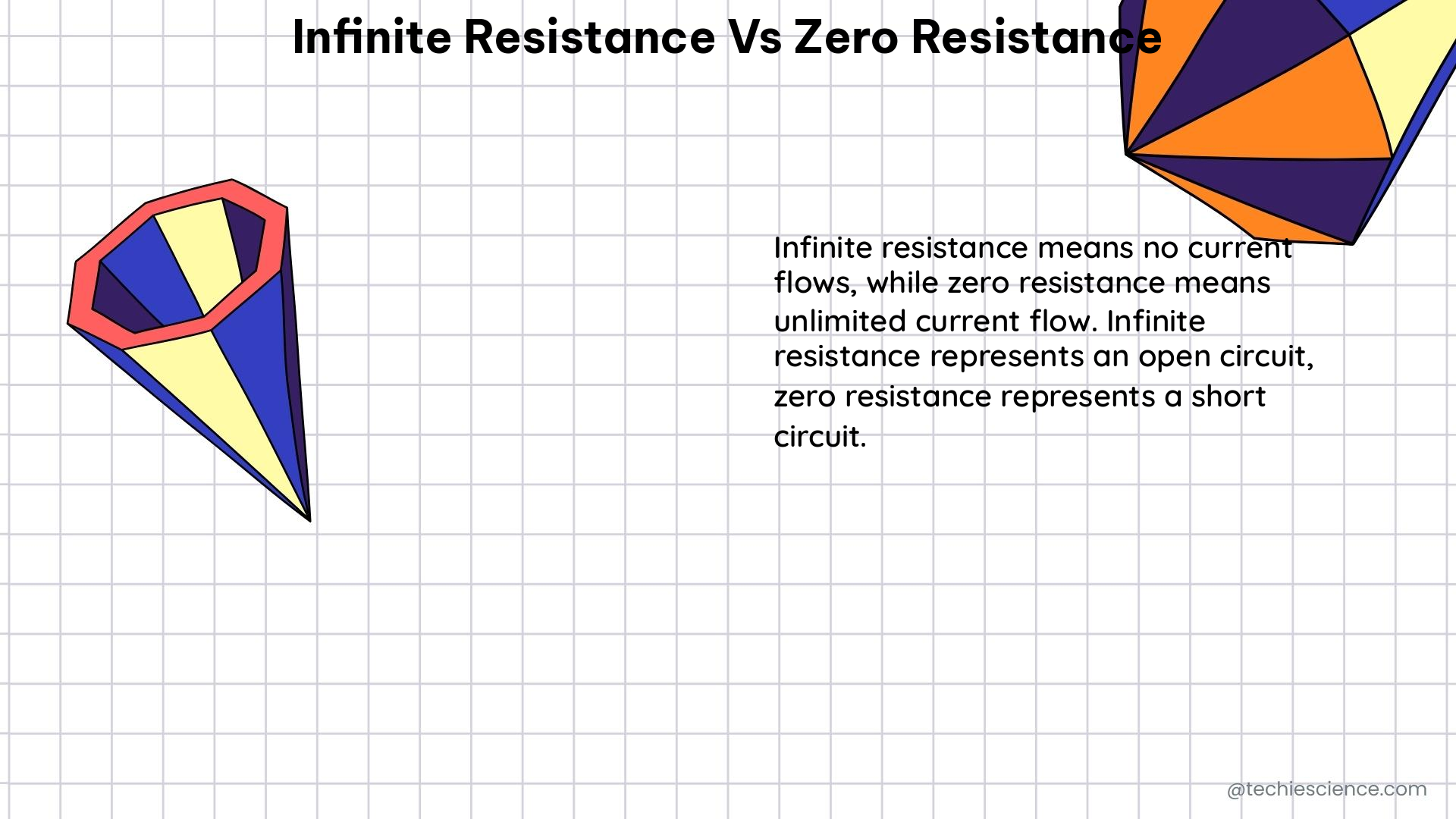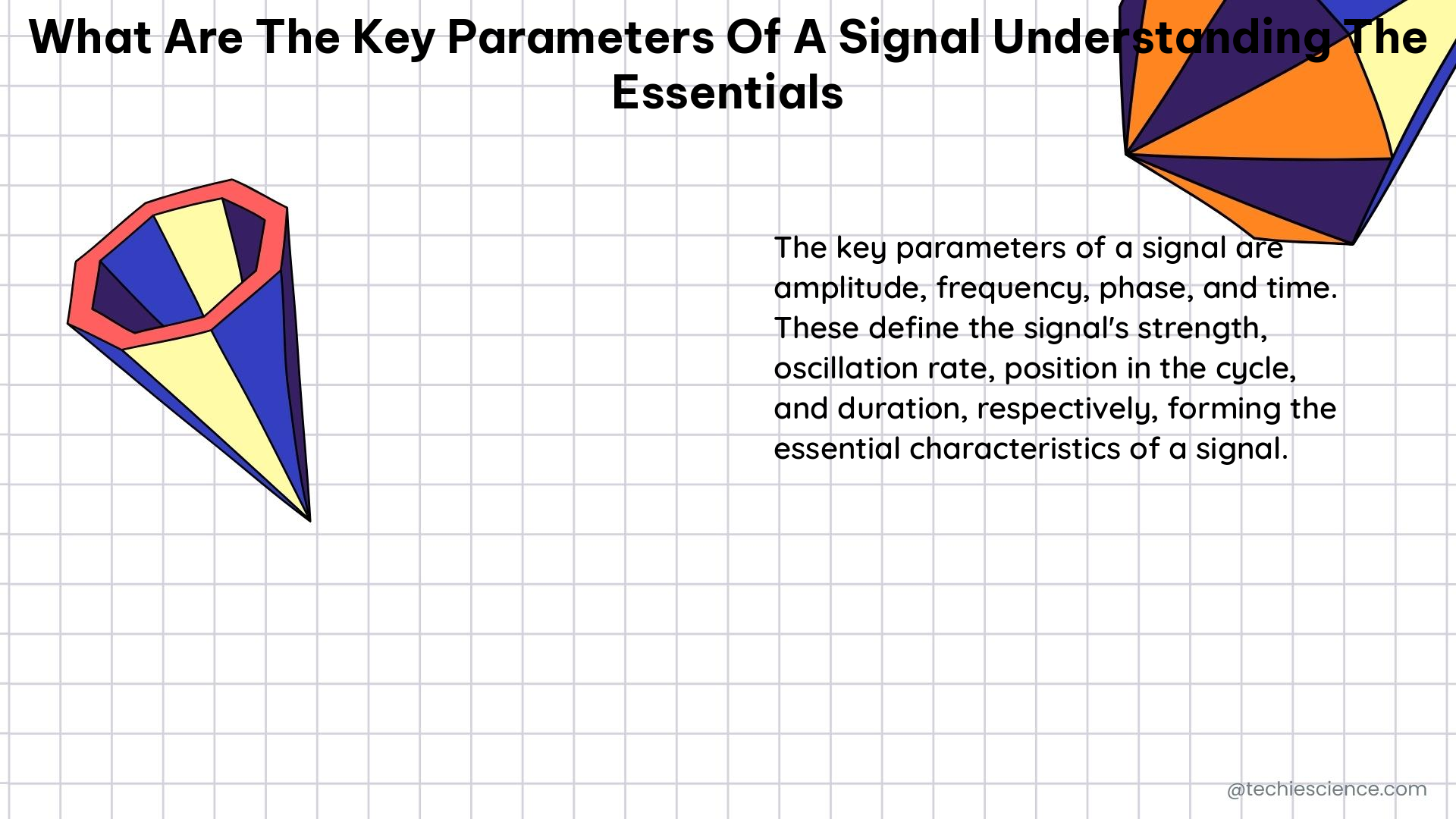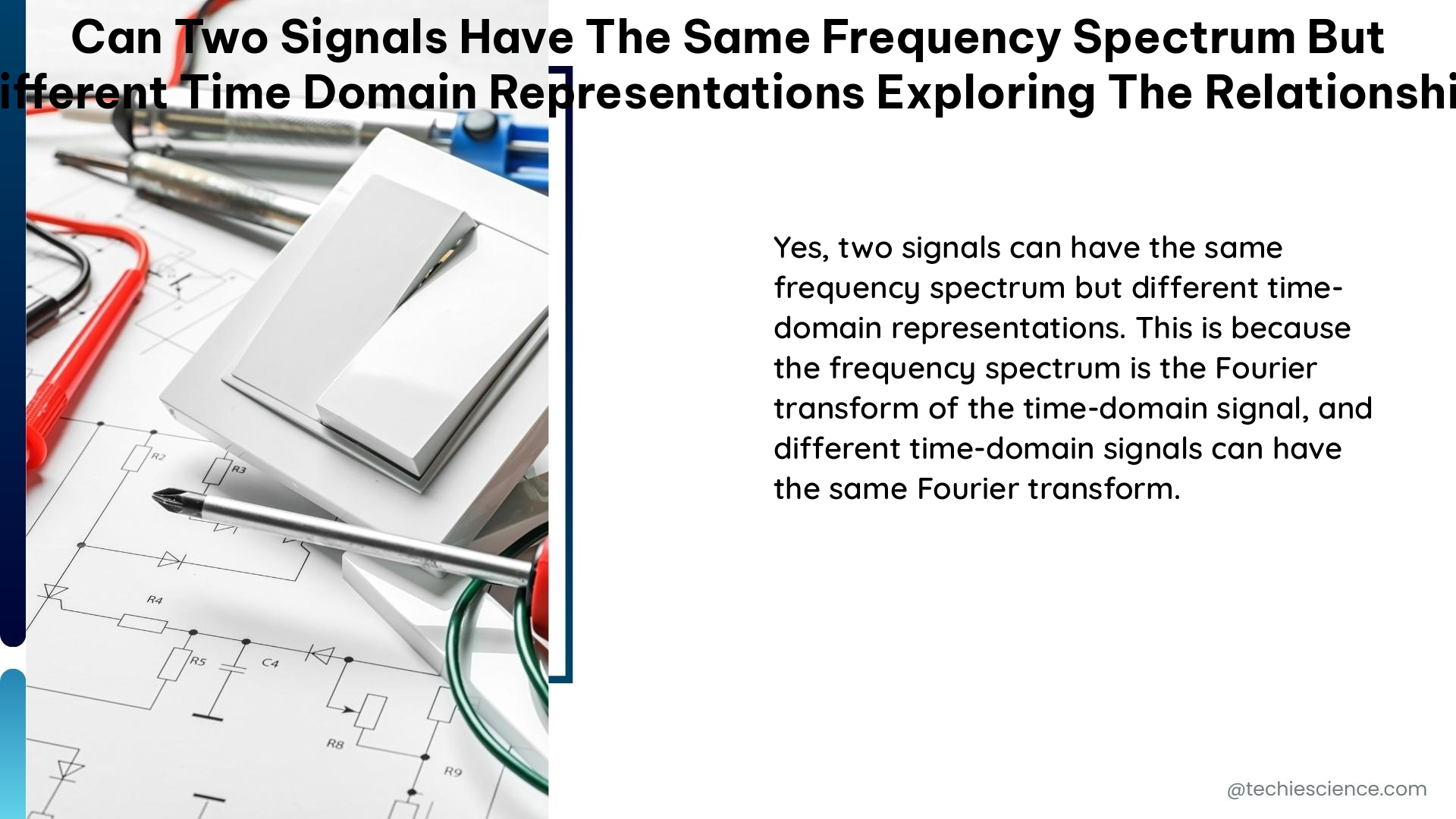Infinite resistance and zero resistance are two extreme cases in electronics that have significant implications in circuit analysis and design. Understanding the differences between these two concepts is crucial for any electronics student or enthusiast. This comprehensive guide will delve into the measurable and quantifiable data, theoretical explanations, and advanced hands-on details of infinite resistance and zero resistance.
Measurable and Quantifiable Data on Infinite Resistance
Resistance Measurement and Representation
- Infinite resistance is measured in ohms (Ω) and is represented by the symbol “∞” or “OL” (over limit) on a multimeter.
- The resistance value displayed as “∞” or “OL” indicates that the resistance is beyond the measurement range of the multimeter.
Open Circuits and Disconnected Components
- An open circuit or a disconnected component has an infinite resistance, as there is no complete path for current to flow.
- Examples of components with infinite resistance include open switches, broken wires, and disconnected terminals.
Voltage Drop and Current Flow
- The voltage drop across an infinite resistance is zero, as no current flows through it.
- Infinite resistance does not allow any current to flow, regardless of the applied voltage, as there is no complete path for the current to travel.
Measurable and Quantifiable Data on Zero Resistance

Resistance Measurement and Representation
- Zero resistance is also measured in ohms (Ω) and is represented by the value “0” on a multimeter.
- A reading of “0 Ω” on a multimeter indicates a short circuit or a component with negligible resistance.
Short Circuits and Conductive Paths
- A short circuit or a piece of wire with zero resistance allows unlimited current flow, as there is a complete and low-resistance path for the current to travel.
- Examples of components with zero resistance include copper wires, metal connectors, and shorted terminals.
Voltage Drop and Current Flow
- The voltage drop across a zero resistance is zero, as the current can flow without any voltage drop.
- Ohm’s law (V=IR) does not apply to zero resistance, as the current flow becomes infinite for any finite voltage.
Theoretical Explanation
Ohm’s Law and Finite Resistance
- Ohm’s law, which states that the current flowing through a conductor is directly proportional to the voltage applied across it, holds true for resistors with finite resistance.
- Finite resistance allows a predictable and measurable current flow based on the applied voltage and the resistance value.
Open Circuits and Infinite Resistance
- In the case of an open circuit, the current flow is zero, regardless of the applied voltage.
- The voltage drop across an open circuit is also zero, as there is no current flowing through it.
Short Circuits and Zero Resistance
- A short circuit has zero resistance, which allows unlimited current flow.
- The voltage drop across a short circuit is also zero, as the current can flow without any voltage drop.
- However, this can lead to dangerous situations, as excessive current flow can cause components to overheat and fail.
Advanced Hands-on Details
Resistance Measurement with a Multimeter
- When measuring resistance with a multimeter, it is essential to ensure that the circuit is de-energized, and the test leads are properly connected to the component or portion of the circuit being measured.
- The multimeter sends its own current through the unknown resistance and then measures that current to provide a resistance value readout.
Connecting the Multimeter Leads
- When measuring resistance, the test leads should be attached to the ends of the resistance to be measured.
- Since current can flow either way through a pure resistance, there is no polarity requirement for attaching the meter leads.
- The meter’s battery sends a current flow through the unknown resistance, the meter’s internal resistors, and the current meter.
Multimeter Resistance Readings
- The ohmmeter is designed so that it will display 0 Ω when the test leads are clipped together (zero external resistance).
- The meter reads infinite (I) resistance or over limit (OL) resistance when the leads are left open.
- When a resistance is placed between the leads, the readout increases according to how much current that resistance allows to flow.
By understanding the measurable and quantifiable data, theoretical explanations, and advanced hands-on details of infinite resistance and zero resistance, electronics students and enthusiasts can develop a deeper understanding of these fundamental concepts. This knowledge will be invaluable in analyzing and designing circuits, troubleshooting issues, and ensuring the safe and efficient operation of electronic systems.
References:
- Zero voltage on voltmeter means zero resistance and infinite resistance? – Electronics Stack Exchange
- Ohm’s law when R = 0 – All About Circuits
- “Infinite” resistance??? What’s that? – CorvetteForum
- Introduction to Resistance Measurements – Multimeters 101
- Electrical resistance and conductance – Wikipedia




